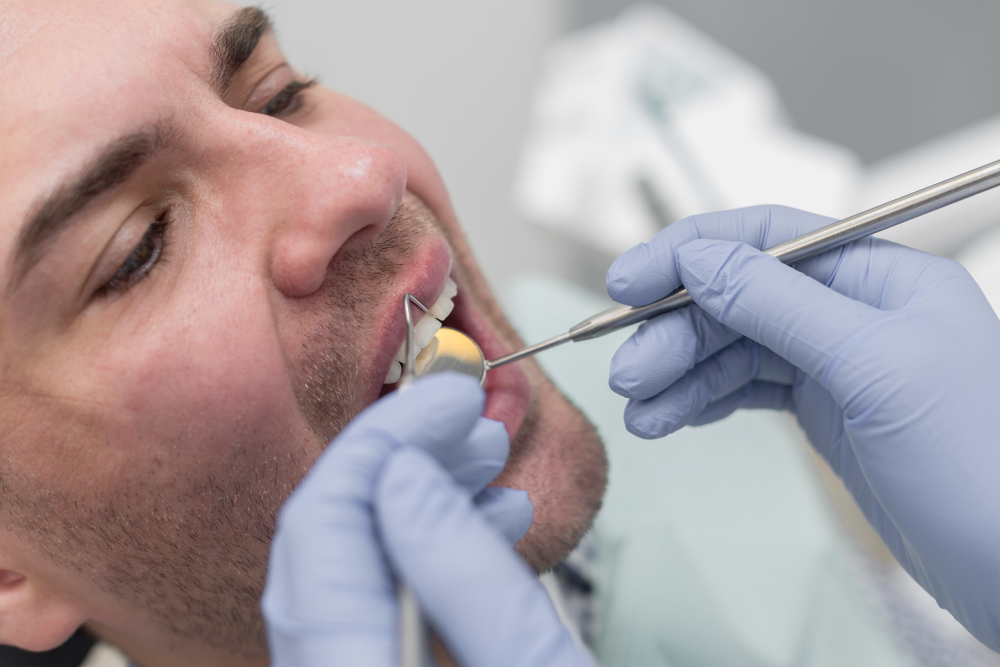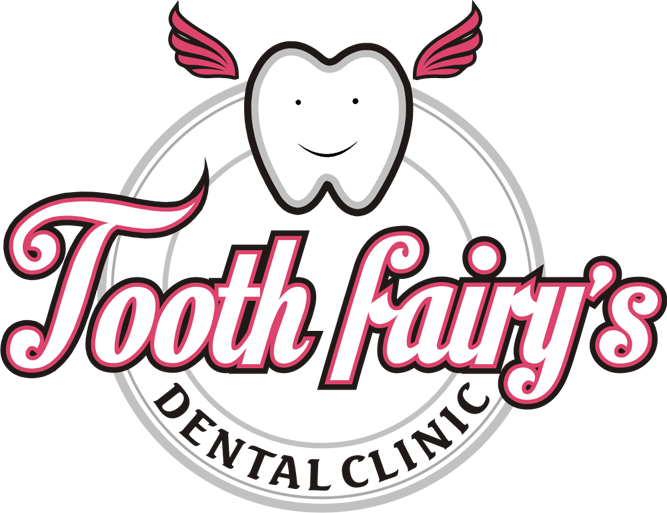Tooth Extractions

Tooth extraction is a common dental procedure involving the removal of a tooth from its socket in the bone. While dentists strive to save natural teeth whenever possible, extractions become necessary when a tooth is severely damaged, decayed, or poses a risk to overall oral health.
There are two main types of tooth extractions:
Simple Extractions: Performed on visible teeth, often under local anesthesia. The dentist loosens the tooth with an elevator and removes it using forceps.
Surgical Extractions: Required for teeth that are not easily accessible, such as impacted wisdom teeth. This procedure involves making an incision in the gum and may require removing bone around the tooth or sectioning the tooth into pieces.
Common Reasons for Tooth Extractions:
- Severe Decay or Infection: When a tooth is extensively decayed or infected, and root canal treatment is not an option.
- Crowding: To create space for orthodontic treatment or when there is not enough room for all teeth.
- Impacted Teeth: Commonly wisdom teeth that do not fully emerge from the gums and can cause pain or infections.
- Gum Disease: Severe periodontal disease that has damaged the supporting tissues and bone around the teeth.
- Trauma: Teeth that are irreparably damaged due to injury.
The Extraction Process:
Preparation: The dentist reviews the patient’s medical history and takes X-rays to plan the extraction. Local anesthesia is administered to numb the area around the tooth.
Extraction: For simple extractions, the dentist uses tools to loosen and remove the tooth. For surgical extractions, an incision is made, and the tooth may be sectioned for easier removal.
Post-Extraction Care: After the extraction, the dentist provides instructions for care to ensure proper healing. This includes managing bleeding, avoiding certain foods and activities, and maintaining oral hygiene. Over-the-counter or prescribed pain relievers can help manage discomfort.
Recovery:
Healing typically takes a few days. Patients are advised to rest, apply ice to reduce swelling, and eat soft foods. It’s essential to follow the dentist’s instructions to prevent complications such as dry socket, which occurs when the blood clot at the extraction site dislodges or dissolves prematurely.
In summary, tooth extractions are sometimes necessary to protect oral health. Whether due to decay, crowding, or impacted teeth, extractions are performed with care to ensure patient comfort and promote healing. Regular dental visits and good oral hygiene can help minimize the need for extractions.
